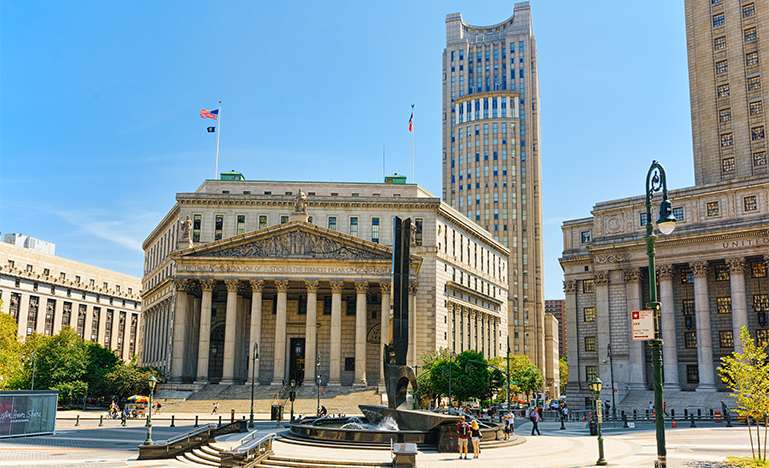Gaining access to foreign evidence
A helpful ruling from the 2nd Circuit opens the doors to discovery under Section 1782 of the U.S. Code.

Canada’s largest trading partner is the United States. One can only speculate as to the vast number of commercial contracts concluded between companies sitting on opposite sides of the border. What we do know is that some commercial deals will go sour, which will lead to cross-border litigation. For many Canadian litigants, the challenge then is figuring out how to access valuable evidence located outside Canada, which is needed to succeed before our courts. A recent decision out of the Second Circuit in the U.S. offers some helpful guidance.
First, some background. To get access to information held by a U.S. entity, litigants can ask a U.S. District Court to order an individual or entity to provide testimony or disclosure of documents for use in a foreign proceeding (known as a section 1782 application - 28 U.S.C. § 1782). That person or entity must either reside or be found in the district where the application is made. A U.S. court will consider several factors, including whether the request is unduly intrusive, whether the applicant could have pursued other means of obtaining the information, and the possibility that the foreign court/tribunal might reject the evidence obtained.
There is nothing particularly novel about a section 1782 application. However, recent case law may have opened the door further for litigants. Until recently, the scope of section 1782 was subject to conflicting case law by U.S. district courts. The debate centered on such things as the degree of connection that is required with the particular US district and whether the provision extends to documents located outside the U.S.
Now, the influential U.S. Court of Appeals for the Second Circuit has weighed-in, releasing its decision in Re Application of Antonio Del Valle Ruiz. The decision allows litigants in non-U.S. legal proceedings to use the U.S. courts to access evidence held by U.S.-connected entities, even where the evidence is not located in the U.S.
In Re del Valle Ruiz, Mexican petitioners had sought evidence from a New York-based banking affiliate. The three-judge panel refused to limit the scope of available discovery to evidence located within the U.S. Even though the Second Circuit found that the defendants lacked the necessary contacts with the U.S. district in this particular case, it nevertheless concluded that the presumption against extraterritoriality does not apply to section 1782 discovery applications.
There are two key lessons to draw from the ruling. First, a court can make an order under section 1782 whenever it has specific jurisdiction over an entity because of the entity’s contacts with the district. This is in addition to cases where the U.S. court has general jurisdiction over an entity, based on residence. Section 1782’s scope of application is therefore wider than originally set out in certain district court decisions.
Second, the location of a document does not determine whether the court should issue an order or not. The Second Circuit held that section 1782 can be used to obtain disclosure of documents located outside the U.S. That means a multinational with branch operations across the globe could be forced to produce documents located outside the U.S.
The decision represents a breakthrough in a long-standing legal debate in the U.S., and it expands the tentacles of section 1782. For companies involved in cross-border litigation, this may be a viable route to obtaining relevant information for use in a Canadian proceeding. Of course, we will have to see whether this new interpretation gets appealed to the Supreme Court of the United States.


